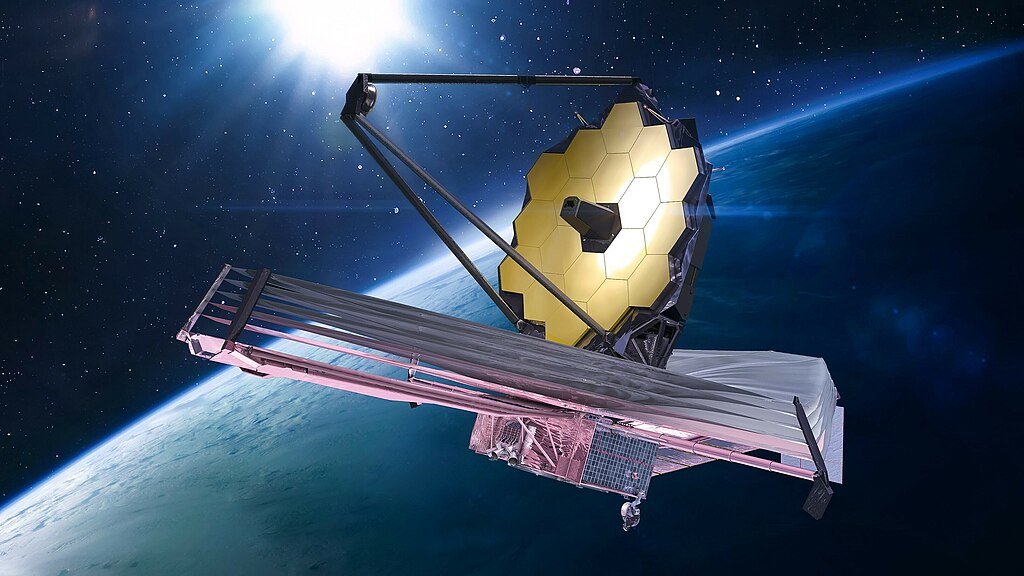The universe didn’t get the memo about easing us in gently. In just over two years of science operations, the James Webb Space Telescope (JWST) has rewritten cosmic timelines, finger‑printed alien skies, and even sniffed chemistry above icy moons next door. As a reporter, I still remember the first Webb spectra dropping into inboxes – like hearing a new language and realizing you already know a few words. The mystery isn’t gone; it’s bigger, sharper, and closer than ever. Here are ten discoveries that genuinely moved the goalposts – and sometimes the goal line.
The hidden clues: a galaxy shining just 280 million years after the Big Bang
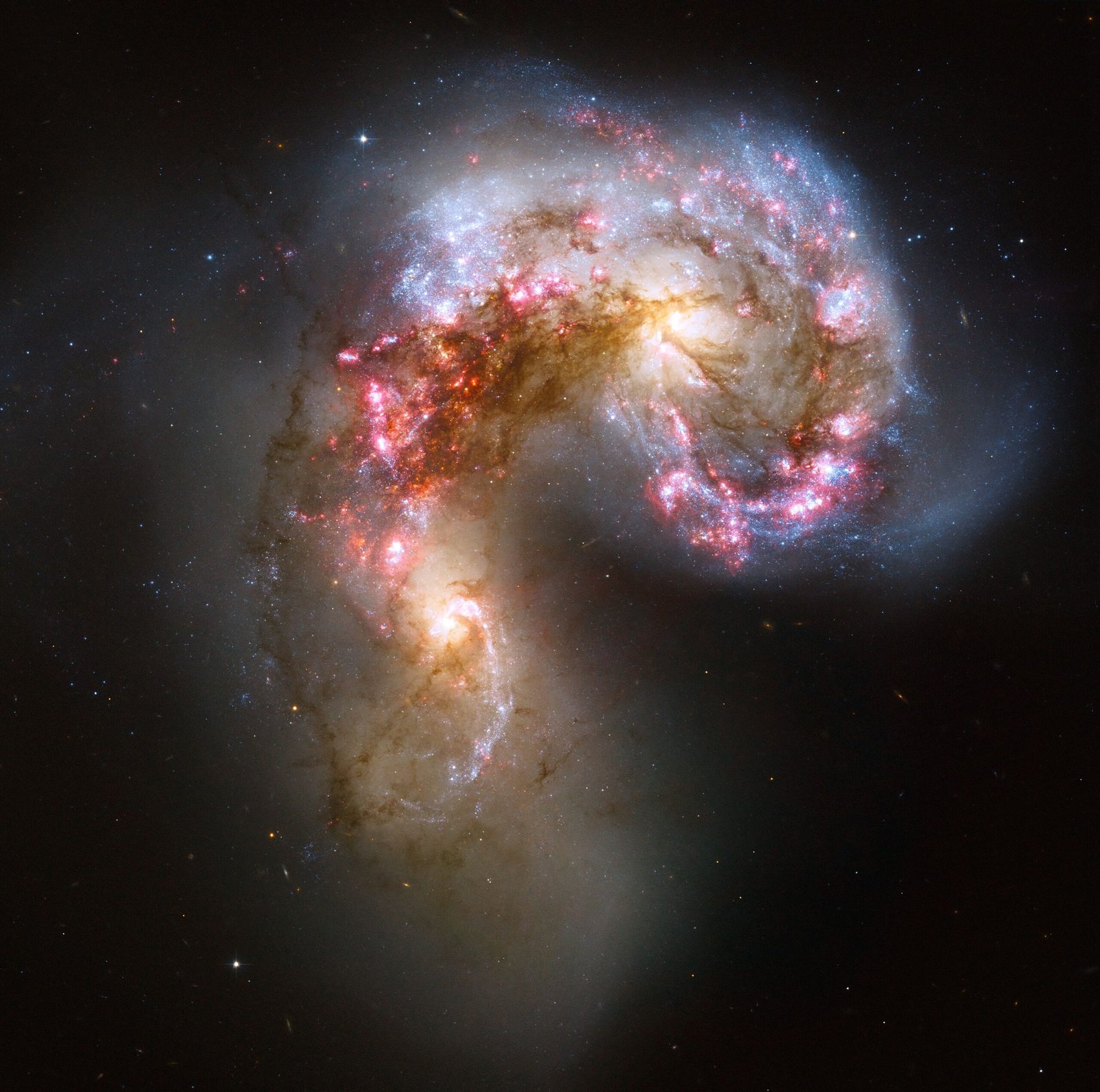
Webb has confirmed record-breaking galaxies, including compact, startlingly bright systems at spectroscopic redshifts around z~14 – meaning we see it as it was just a few hundred million years after the universe switched on. Its crisp NIRSpec signature pushes the frontier for when massive star formation first took root, and it’s not a shy, flickering ember; it’s energetic and busy. That alone forces modelers to revisit how quickly small clumps of matter organized themselves into mature, luminous systems. The surprise isn’t just the distance – it’s the brightness and density.
MoM‑z14 arrived on the heels of the JADES team’s earlier z~13–14 confirmations, signaling that surprisingly numerous, very early galaxies are real, not a statistical fluke. That abundance upends comfortable predictions and reframes reionization as a locally patchy, fast‑moving process seeded by intense stellar nurseries.
A baby behemoth: the earliest active supermassive black hole spotted
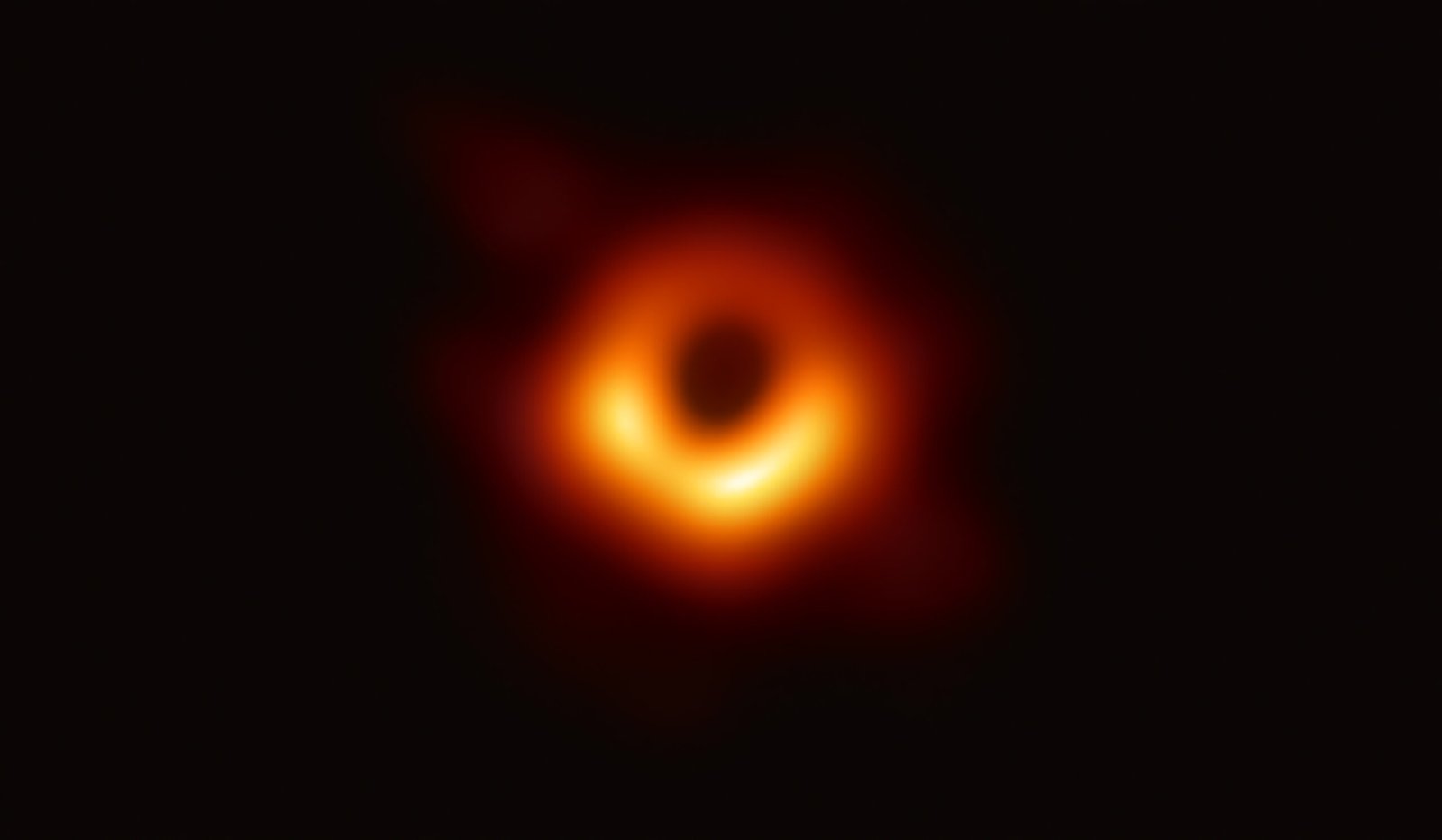
CEERS 1019, seen just over half a billion years after the Big Bang, hosts an actively feeding central black hole – smaller than the monsters we’re used to, but ravenous and already switched on. Webb’s spectra disentangled starburst light from the telltale signatures of accretion, proving that by this time, black holes weren’t just present; they were shaping galaxies. That’s a big deal because it compresses the formation schedule for black holes and their host systems.
It also sharpens a long‑standing chicken‑and‑egg question: do black holes jump‑start galaxies, or do galaxies raise black holes? With CEERS 1019, we’re seeing that feedback loop in its infancy, not in hindsight.
Planet chemistry switched on: sulfur dioxide reveals alien photochemistry
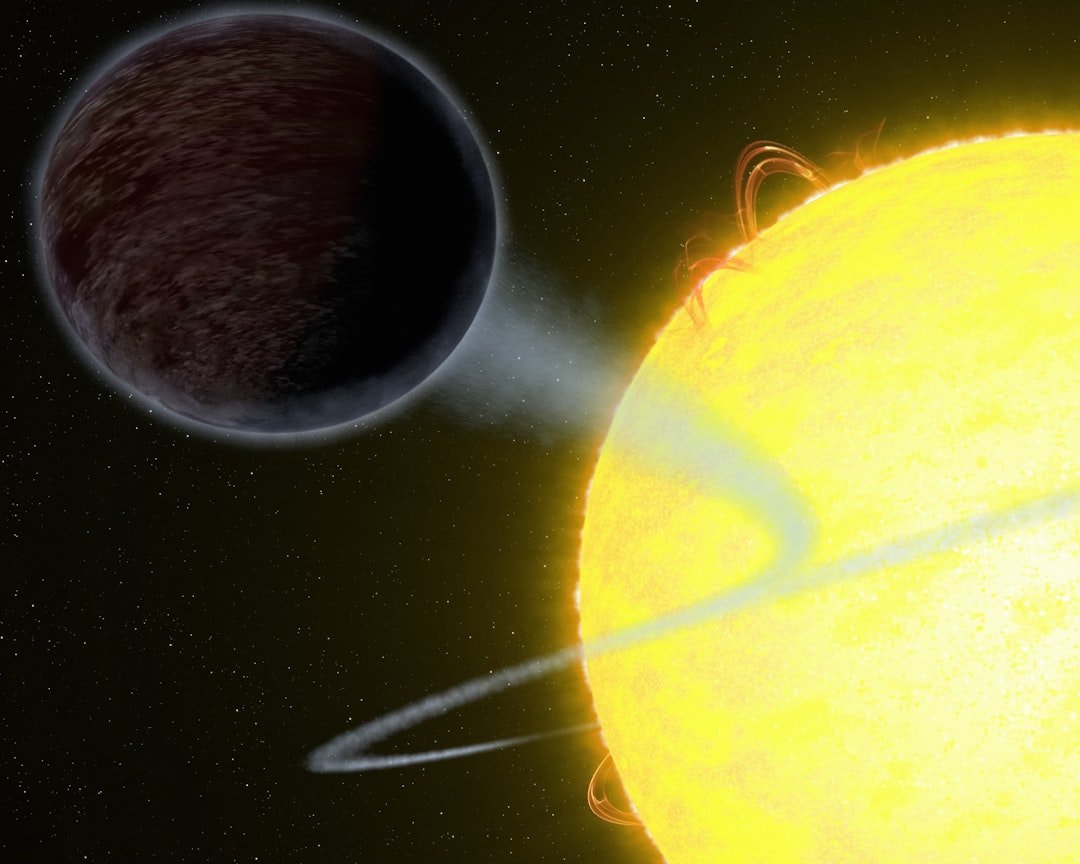
WASP‑39b, a broiling hot Jupiter, gave Webb a first in exoplanet science: clear evidence of sulfur dioxide formed by starlight‑driven reactions. That’s photochemistry in action – akin to the processes that create Earth’s protective ozone layer – detected on a world hundreds of light‑years away. It’s not life; it’s a chemical neon sign saying the atmosphere is dynamic, stirred by light and winds.
Combined with water, carbon monoxide, and other molecules, the SO₂ detection proved Webb can trace not just ingredients but processes – how exoplanet atmospheres actually work. For exoplanet climatology, that’s the difference between a snapshot and a story.
The first crisp carbon dioxide signal beyond our solar system

Before Webb, carbon dioxide on exoplanets was a hypothesis riding on slim hints. JWST changed that with a clean, textbook CO₂ feature in WASP‑39b’s transmission spectrum. That “dip” at specific infrared wavelengths is more than a trophy; it lets scientists count carbon and oxygen atoms, read atmospheric metallicity, and test how and where a planet formed in its natal disk.
This is the cornerstone for comparative planetology: the same molecule that shapes climate on Earth is now a measurable yardstick for alien worlds. It’s hard to overstate how foundational that is for the next decade.
A Hycean candidate shows methane and carbon dioxide – biosignature talk remains cautious

On the sub‑Neptune K2‑18 b, Webb detected methane and carbon dioxide consistent with a hydrogen‑rich atmosphere and possibly an ocean beneath. The planet sits in its star’s temperate zone, making the chemistry especially tantalizing. Early analyses floated an additional, highly tentative signal of dimethyl sulfide – a molecule tied to biology on Earth – which kicked off healthy debate.
Here’s the sober read: methane and carbon dioxide are robust; any claim of exotic biosignatures needs more data. Webb’s follow‑ups are designed to do exactly that, testing whether complex sulfur chemistry survives tougher scrutiny. Either way, Hycean worlds have stepped into the spotlight.
Rocky worlds, bare‑bones skies: TRAPPIST‑1’s inner planets lack thick atmospheres

Webb’s thermal measurements and transmission spectra paint a stark picture for TRAPPIST‑1 b and c: no evidence for a dense, greenhouse‑style blanket. One world looks almost airless; the other could have only a tenuous, oxygen‑lean veneer at best. That’s not bad news – just a reality check on how fiercely M‑dwarf starlight can strip close‑in atmospheres.
For habitability studies, this narrows the search toward cooler, more distant siblings in the same system and refines models of atmospheric loss. It’s a win for precision: knowing where air isn’t is as powerful as finding where it is.
A 6,000‑mile geyser from a tiny moon: Enceladus feeds Saturn’s space environment
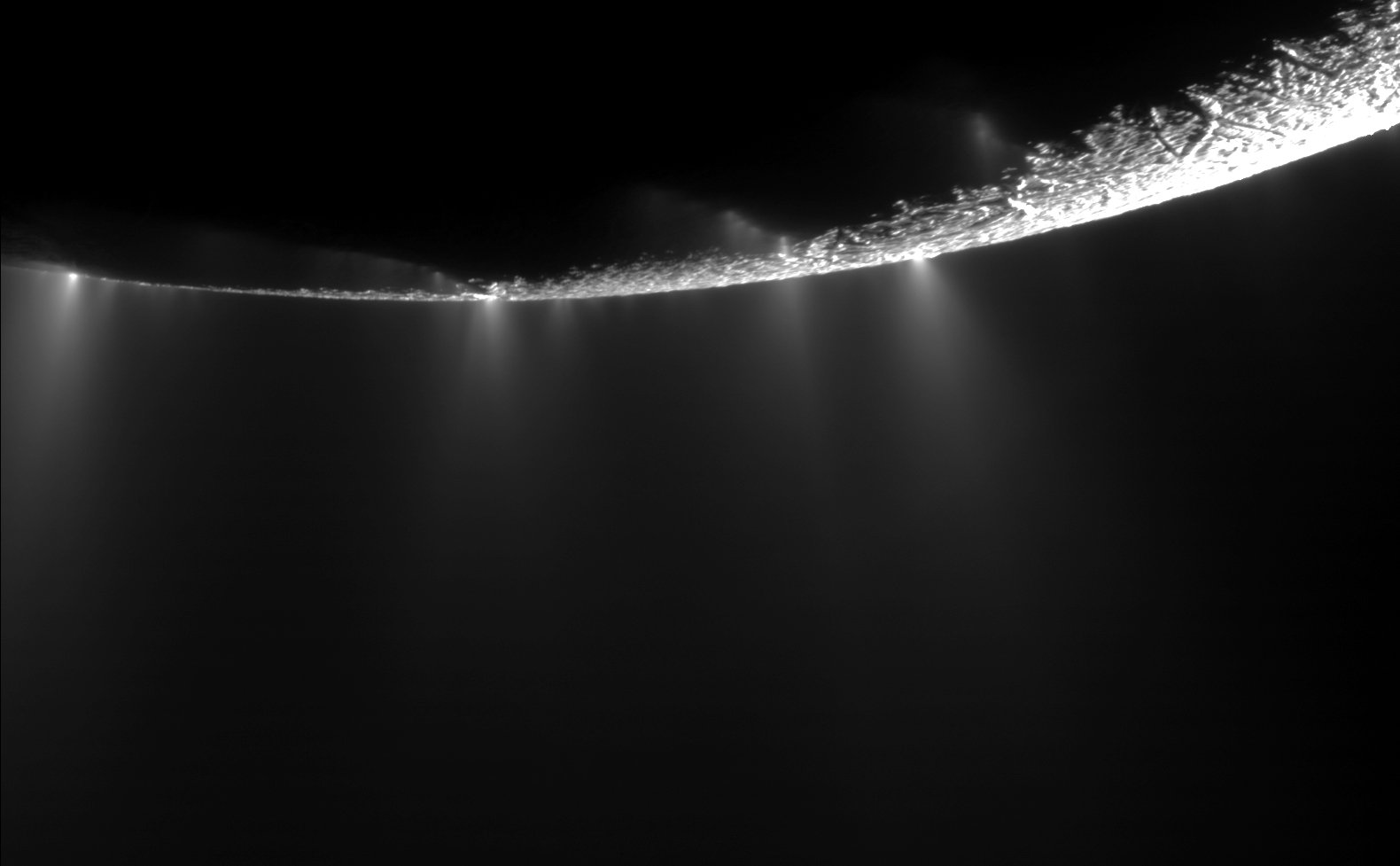
Back home, Webb swung to Saturn and caught Enceladus blasting a water plume so vast it stretches more than 6,000 miles – over twenty times the moon’s size. That’s not just pretty; it’s physics in motion, with the plume actively feeding the broad torus of water around Saturn. The measurement quantifies how ocean worlds exchange material with space.
Enceladus was already a prime target thanks to Cassini, but Webb’s infrared sensitivity showed just how far the spray reaches and how vigorously the ocean breathes through fractures in the ice. It’s a living system in the planetary sense.
Carbon from Europa’s hidden ocean appears on the surface

Jupiter’s moon Europa holds a salt‑water ocean under ice, and Webb has now traced carbon dioxide concentrated in a geologically active region. The chemistry points inward, not to comet dust or random contamination, implying a pipeline from the subsurface ocean to the surface. That matters because carbon is a key ingredient for life’s recipes.
Europa’s ocean has always been intriguing; now we can say with more confidence it isn’t just salty water – it carries carbon that makes prebiotic chemistry more plausible. Target acquired for future probes.
Water where rocky worlds are built: vapor in the inner disk of PDS 70
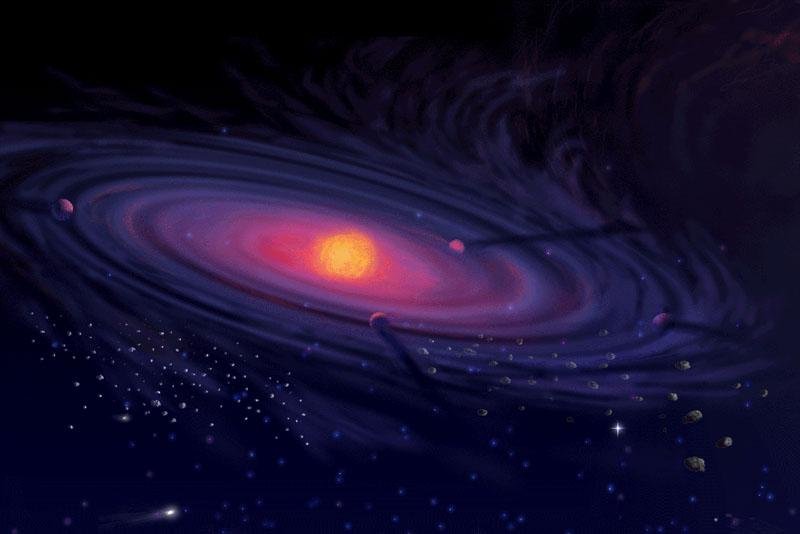
In the planet‑forming disk around the young star PDS 70, Webb detected water vapor right in the rocky‑planet zone – inside roughly the Earth‑Sun distance scale. That’s a direct sign that building blocks for future worlds can form wet, not dry. For origin stories of oceans, it means water delivery might start early, not just via later cometary bombardments.
It’s a quiet, beautiful result: a chemistry forecast for planets that don’t exist yet. And it gives modelers a testbed for how water survives and circulates amid newborn planets and their sibling gas giants.
The Milky Way’s most furious star factory, unmasked in infrared
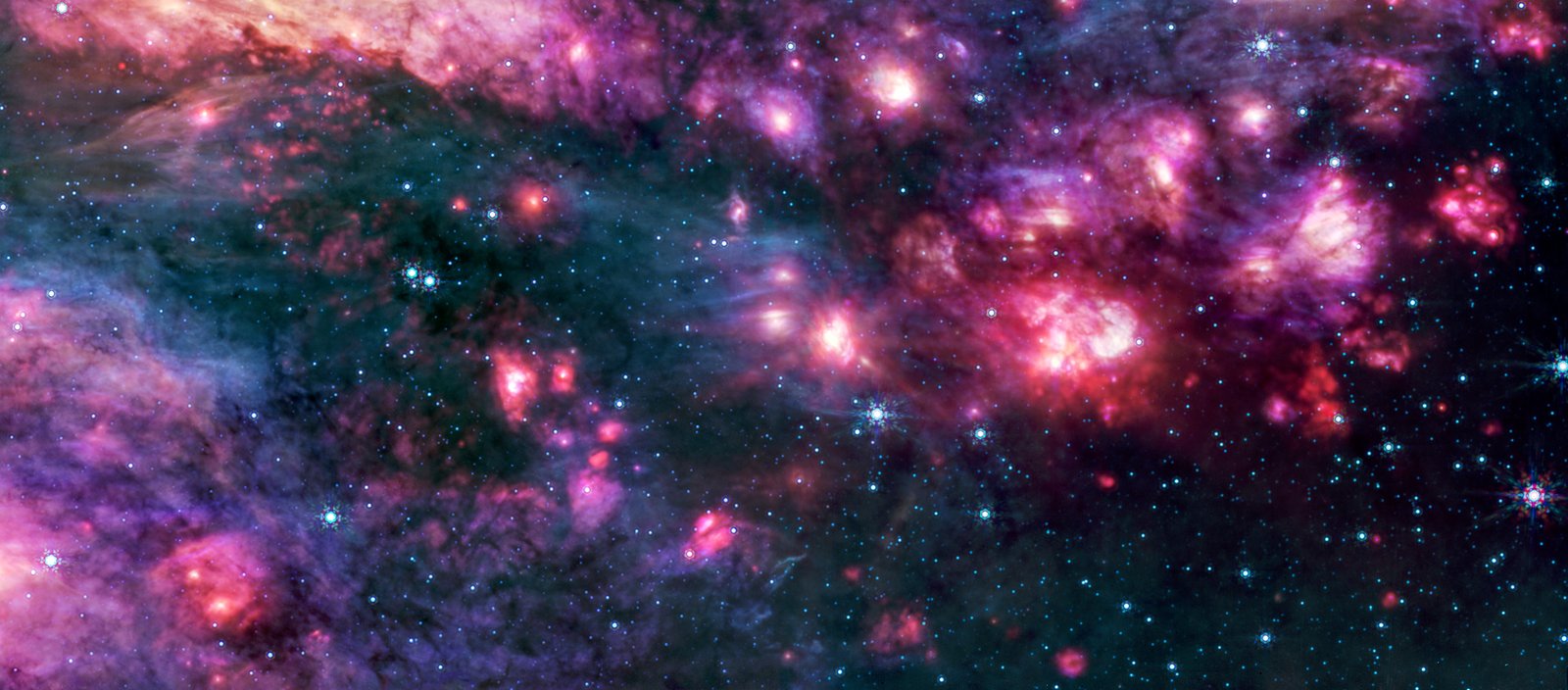
Sagittarius B2, the largest star‑forming cloud near our galaxy’s center, is chaotic and prolific – and Webb finally sees deep into its dusty heart. With NIRCam and MIRI, astronomers traced hidden massive stars, ionized bubbles, and dense, light‑blocking cores that even Webb can’t fully pierce. The images and spectra reveal why this region, holding a modest slice of available gas, still drives an outsized share of star birth.
These observations suggest we’ve underestimated the total star formation underway, and they’ll recalibrate how we think about gravity, turbulence, and magnetic fields in extreme nurseries a stone’s throw from a supermassive black hole.
A famous supernova’s secret heart: fresh evidence for a newborn neutron star in SN 1987A

In the remains of SN 1987A, Webb picked up ionized argon emission centered where theory long predicted a compact remnant should lurk. The pattern points to a high‑energy source – most plausibly a young neutron star – finally lighting up the debris. It’s the kind of forensic astronomy Webb excels at: reading shock fronts and glowing atoms to uncover what’s powering the glow.
For a supernova studied for nearly four decades, that’s a jaw‑dropping late‑chapter reveal and a benchmark for how massive stars die and seed galaxies with new elements.

Suhail Ahmed is a passionate digital professional and nature enthusiast with over 8 years of experience in content strategy, SEO, web development, and digital operations. Alongside his freelance journey, Suhail actively contributes to nature and wildlife platforms like Discover Wildlife, where he channels his curiosity for the planet into engaging, educational storytelling.
With a strong background in managing digital ecosystems — from ecommerce stores and WordPress websites to social media and automation — Suhail merges technical precision with creative insight. His content reflects a rare balance: SEO-friendly yet deeply human, data-informed yet emotionally resonant.
Driven by a love for discovery and storytelling, Suhail believes in using digital platforms to amplify causes that matter — especially those protecting Earth’s biodiversity and inspiring sustainable living. Whether he’s managing online projects or crafting wildlife content, his goal remains the same: to inform, inspire, and leave a positive digital footprint.

